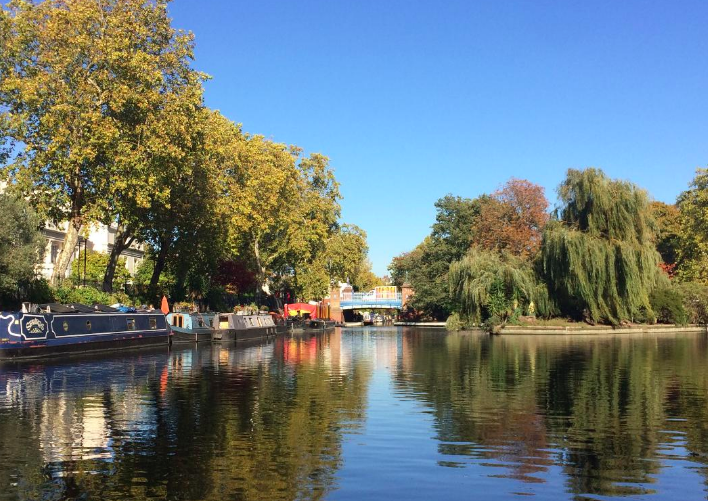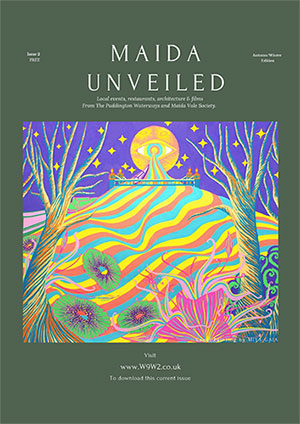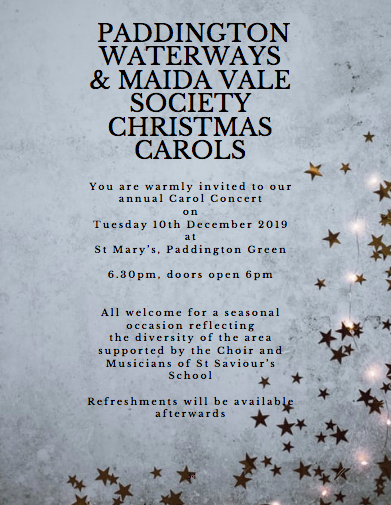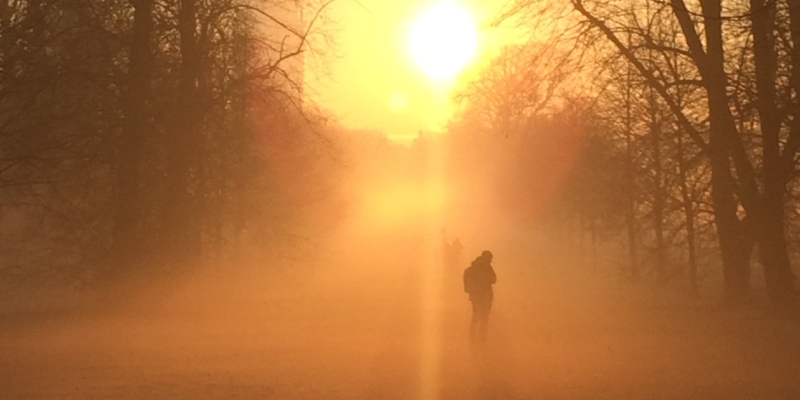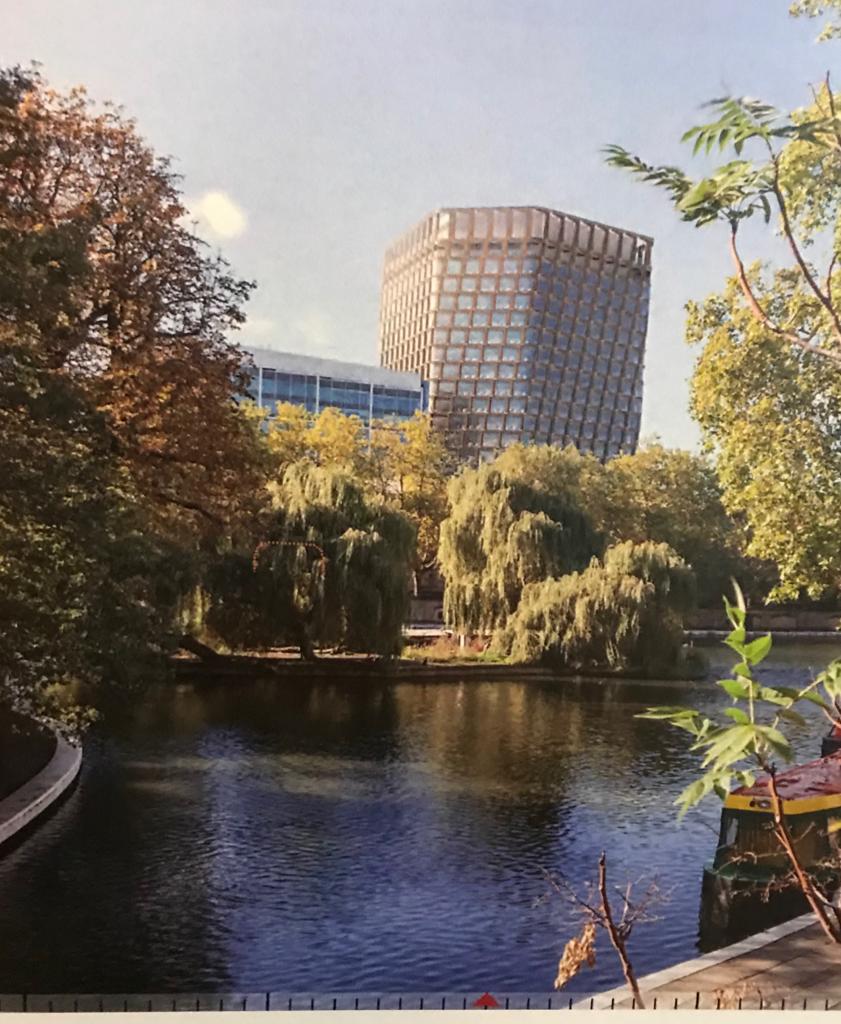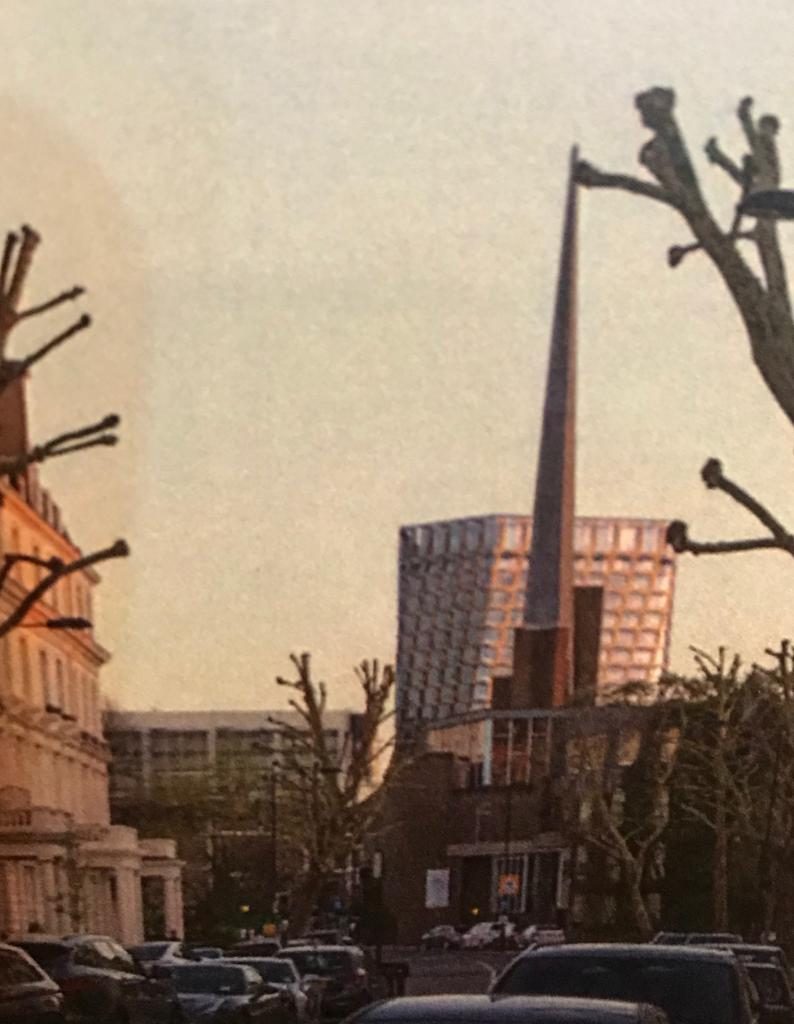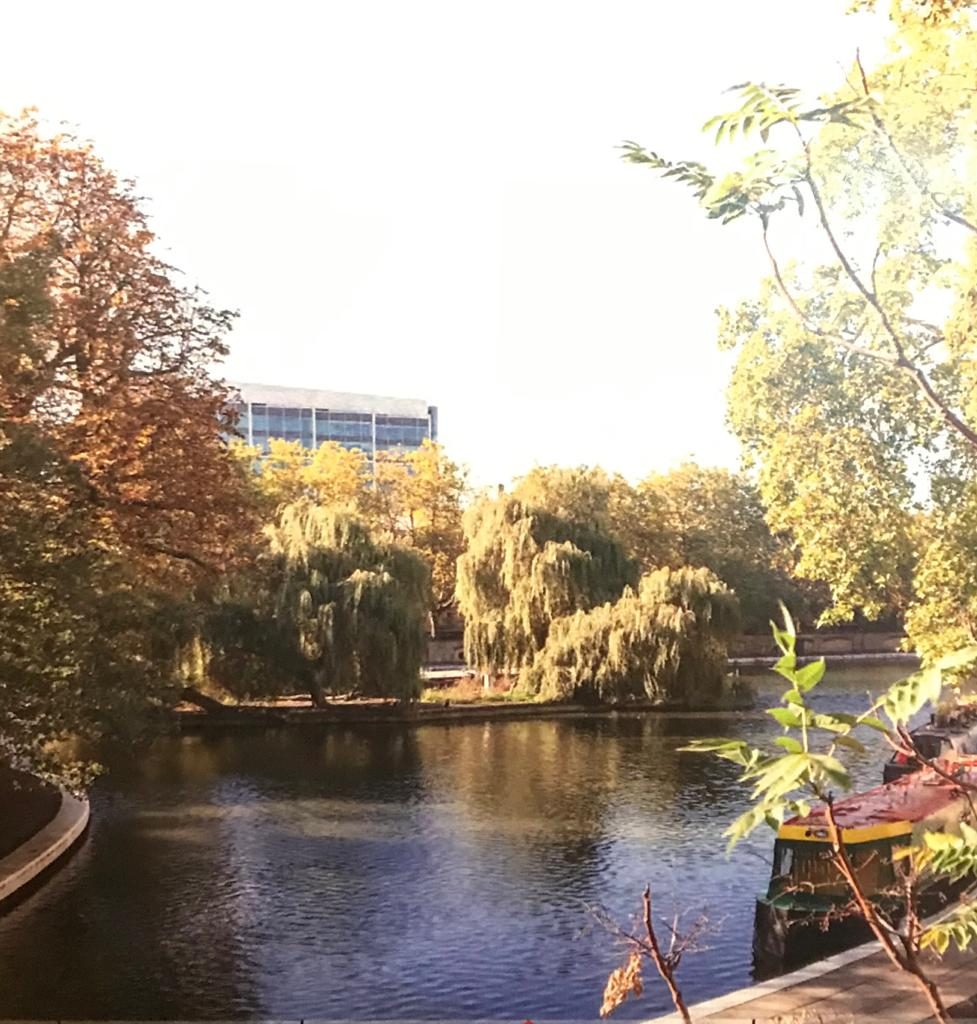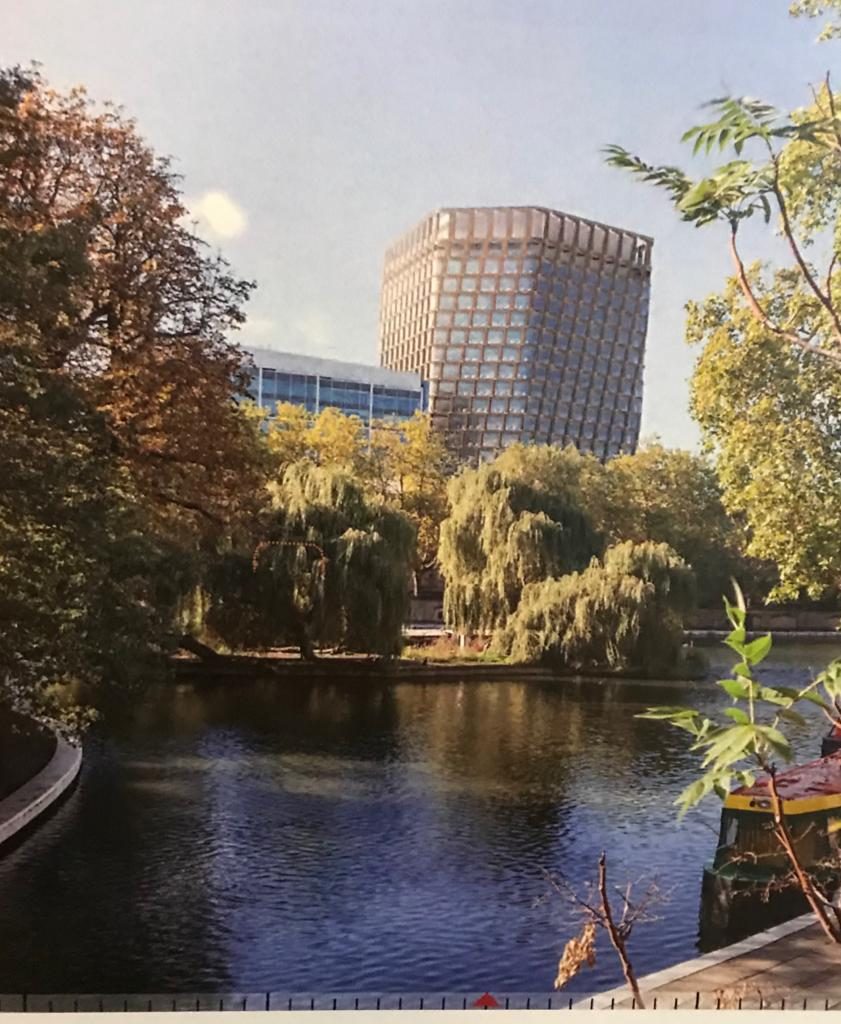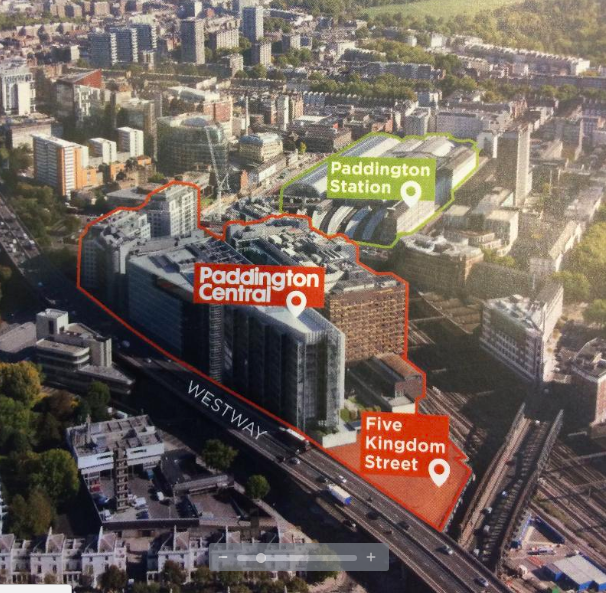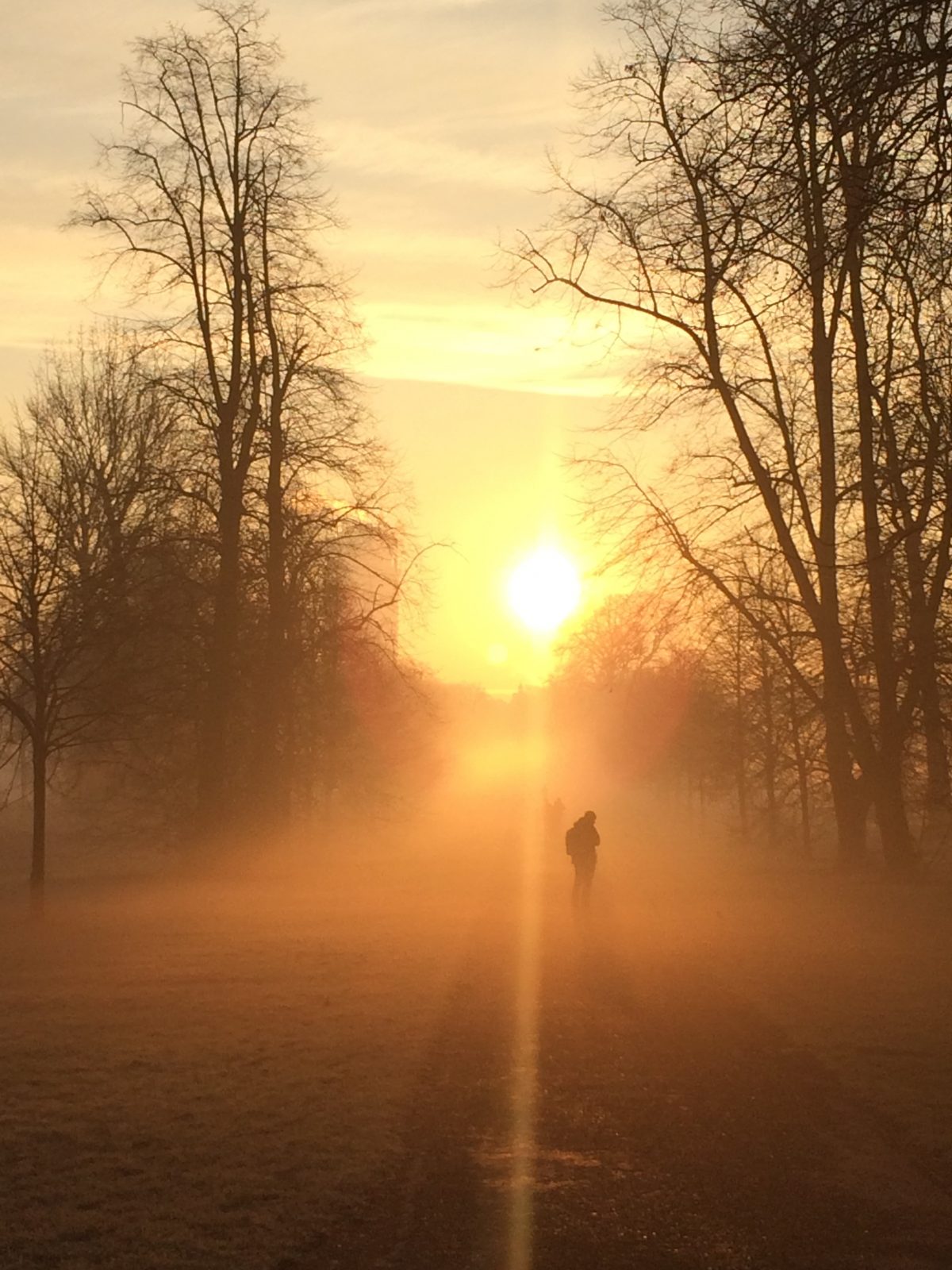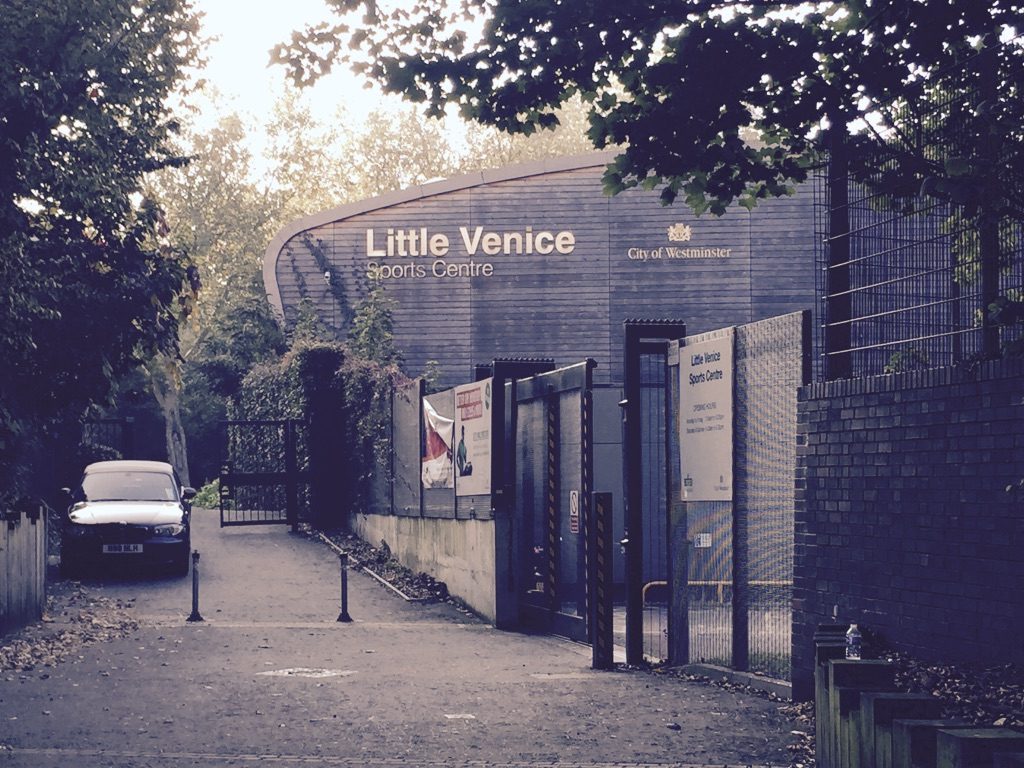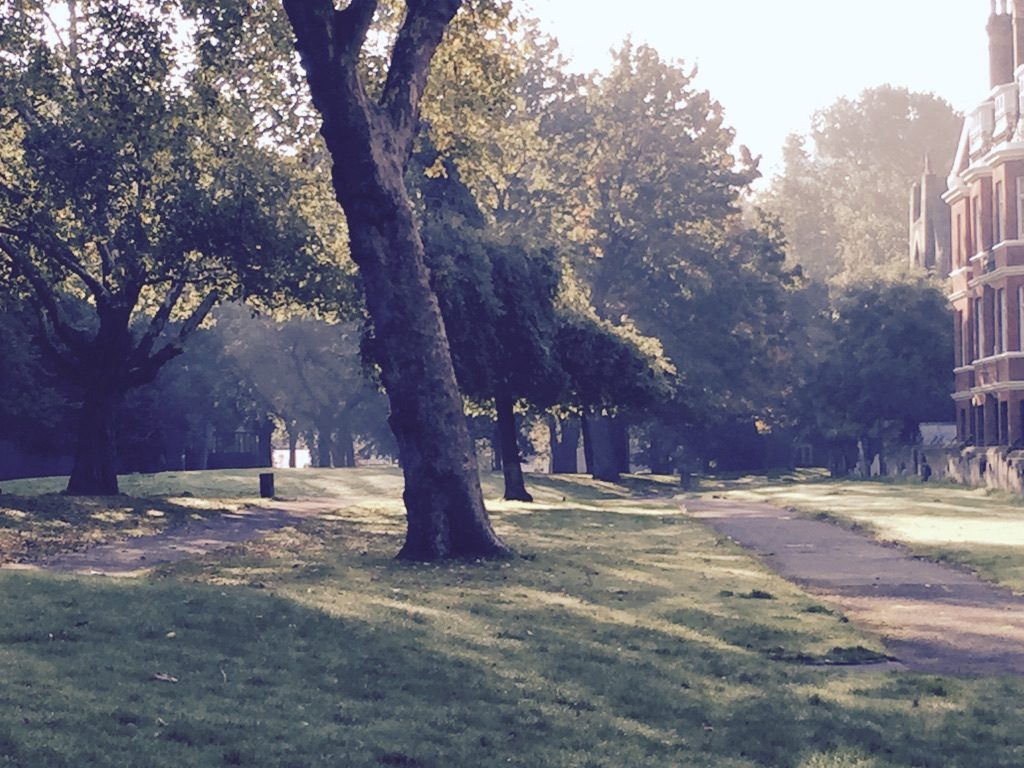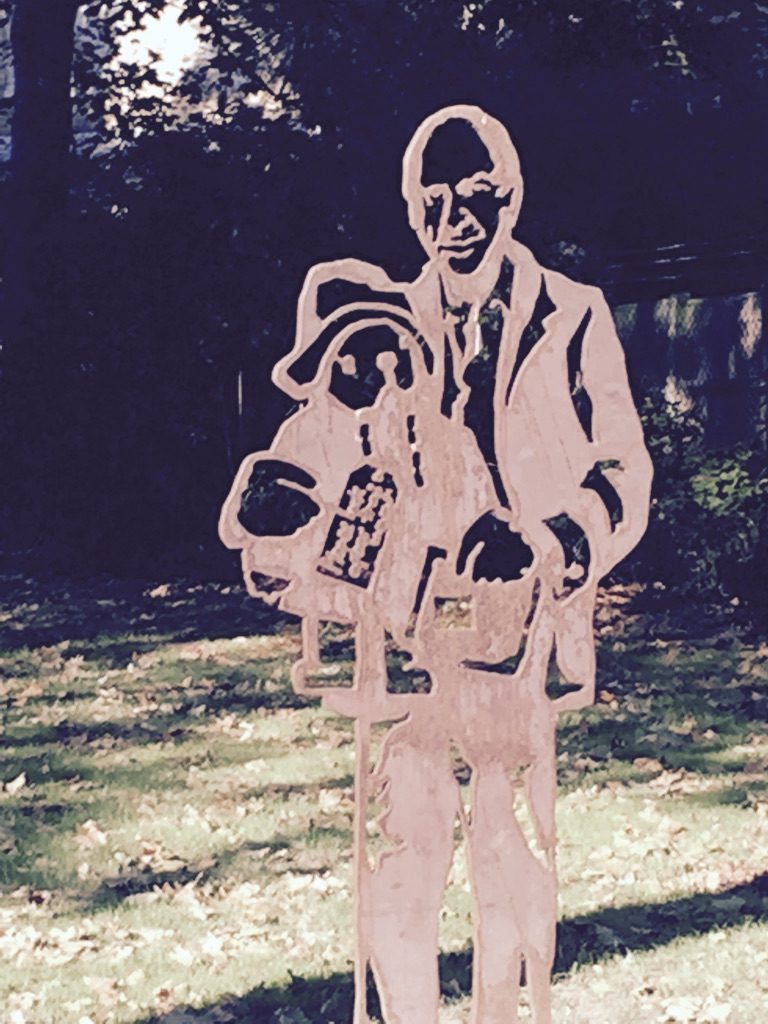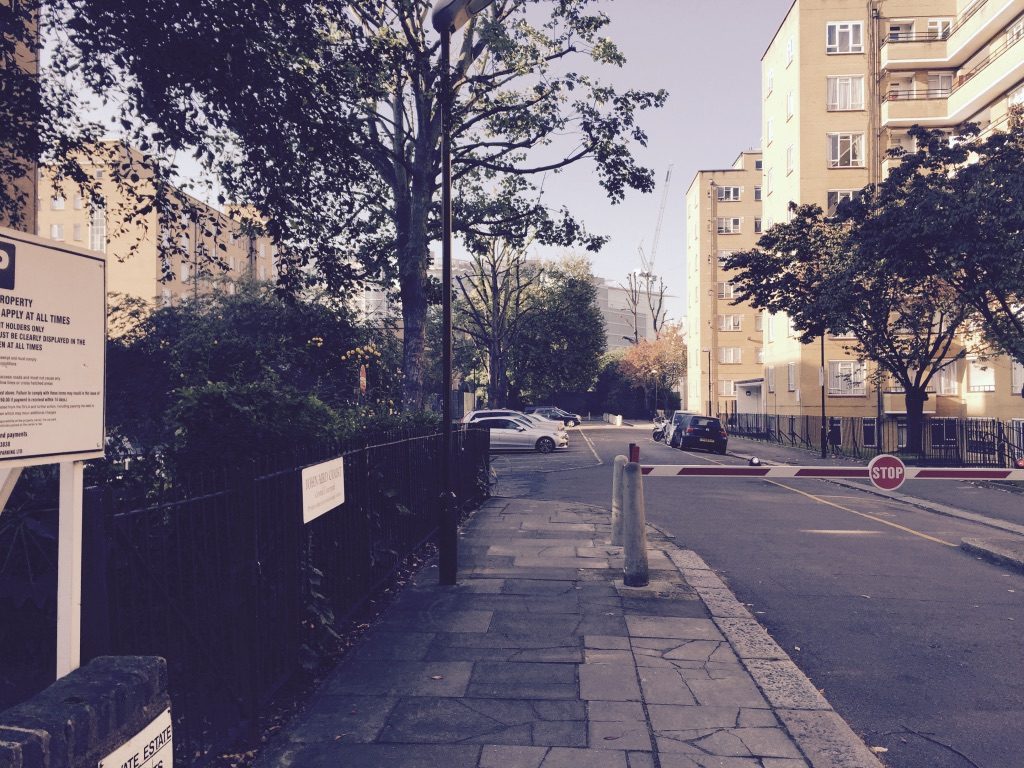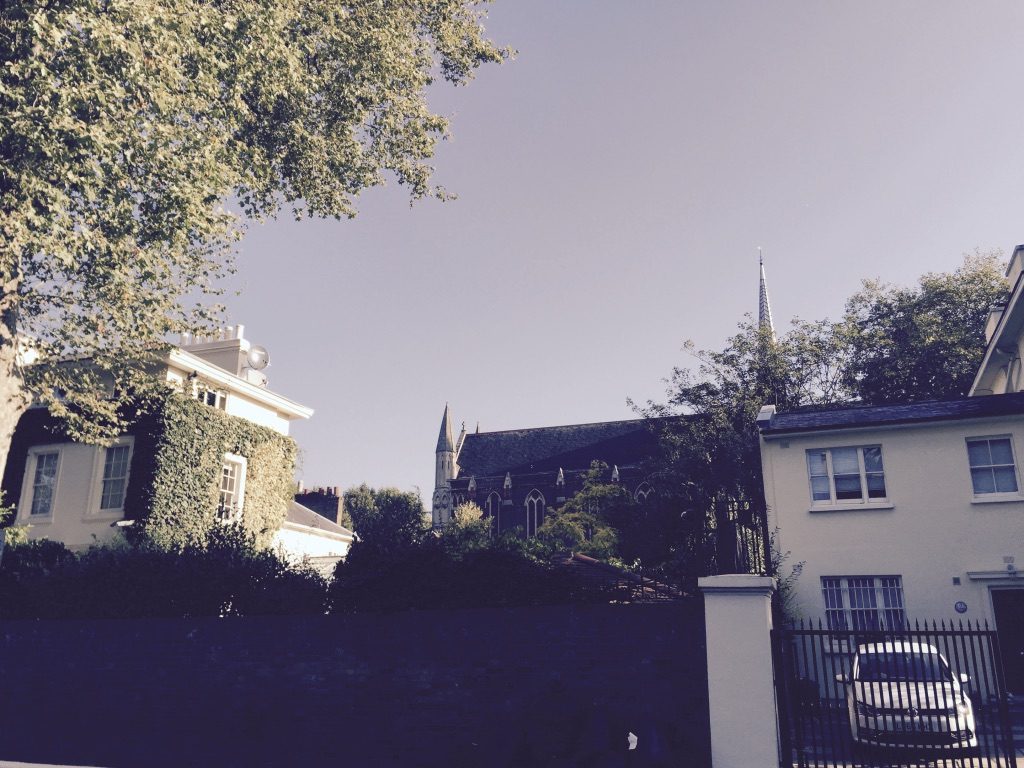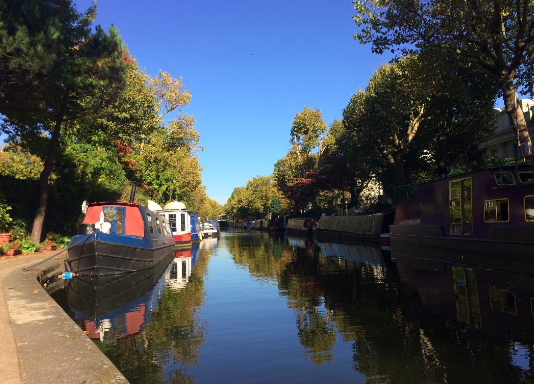
By Julia Wilson
Little Venice is described by visitors or locals as ‘a hidden gem of London’. Dating back to the early 1800’s, the area has seen changes and modernisation whilst preserving most of its original features and a picturesque identity.
Origins of the Name
The name ‘Little Venice’ has been in frequent use since the second half of the last century. Its origin is sometimes attributed to the Victorian poet and playwright Robert Browning who lived at Beauchamp Lodge, 19 Warwick Crescent in the period 1862-1887. Browning spent part of his life in Italy and died near Venice in 1889. The small island in the middle of the Little Venice Pool at the meeting point of the Regent’s and Grand Union’s Canals is named after him.
In a letter dated 1966, Lord Kinross stated that “It was not Robert Browning who first compared ‘Little Venice’ as we call it now to Venice. It was instead Lord Byron who wrote that there would be nothing to make the canal of Venice more poetical than that of Paddington were it not for its artificial adjuncts”. Lord Byron (1788-1824) is regarded as of one of the greatest poets and leading figure in the Romantic movement.
Little Venice forms the southern part of Maida Vale. Maida (Vale) takes its name from the Italian town of Maida in Calabria where, in 1806, the British won a victory over Napoleon. A pub called ‘The Maida’ used to be located along Edgeware Road until the early 2000’s whose hanging board used to show a likeness of General Sir John Stuart, who was made Count of Maida by King Ferdinand IV of Naples and III of Sicily, after the victory at the same battle. In 2018, the former The Truscott Arms, has been renamed The Hero of Maida, [3].
Architectural Influences
The area started to flourish after completion of the Regent’s Canal in the early 1800’s. In 1811 John Nash (one of the foremost British architects of the Regency and Georgian eras) produced a masterplan for the Prince Regent to redevelop a large area of central north London. As a result, the Regent’s Canal was included in the scheme, running for part of its distance along the northern edge of Regent’s Park, [1]. The canal was completed in 1816. At that time Paddington was just a village on the outskirts of London.
The character of the neighbourhood is defined by the Regency style with white stucco buildings. Delightful examples of these can be found on Blomfield Road facing the Regent’s Canal, Warrington Crescent or Randolph Road.
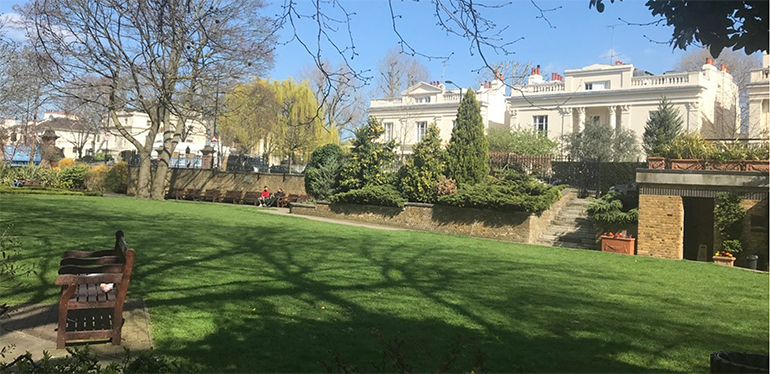
On the eastern banks of Regent’s Canal at Little Venice is Rembrandt Gardens, also known as Warwick Avenue Gardens. These pretty gardens feature plenty of fauna and in spring countless hyacinths and tulips bloom, originally planted in the 1970s on the 700th anniversary of the founding of Amsterdam, the ‘Venice of the North’.
Notable Residents of the Past.
The late Michael Bond used to live on Maida Avenue overlooking the Canal.
Sigmund Freud lived at the Colonnade Hotel with his wife and his youngest daughter Anna for the summer whilst their house in Hampstead was renovated. In honour of his stay, the hotel renamed the best suite the “Sigmund Freud Suite.”. On the 23rd June 1912, Alan Turing was born in the same building. Turing was an English Mathematician, logician, cryptanalyst and scientist best-known for helping decipher the code created by German Enigma machines in the Second World War, and for being one of the founders of computer science and artificial intelligence.
Katherine Mansfield stayed as a music student at Beauchamp Lodge (no. 2 Warwick Crescent) 1908-9.
References
[1] https://en.wikipedia.org/wiki/Regent%27s_Canal
[2] http://www.colonnadehotel.co.uk/our-history.html
[3] https://en.wikipedia.org/wiki/Little_Venice,_London


